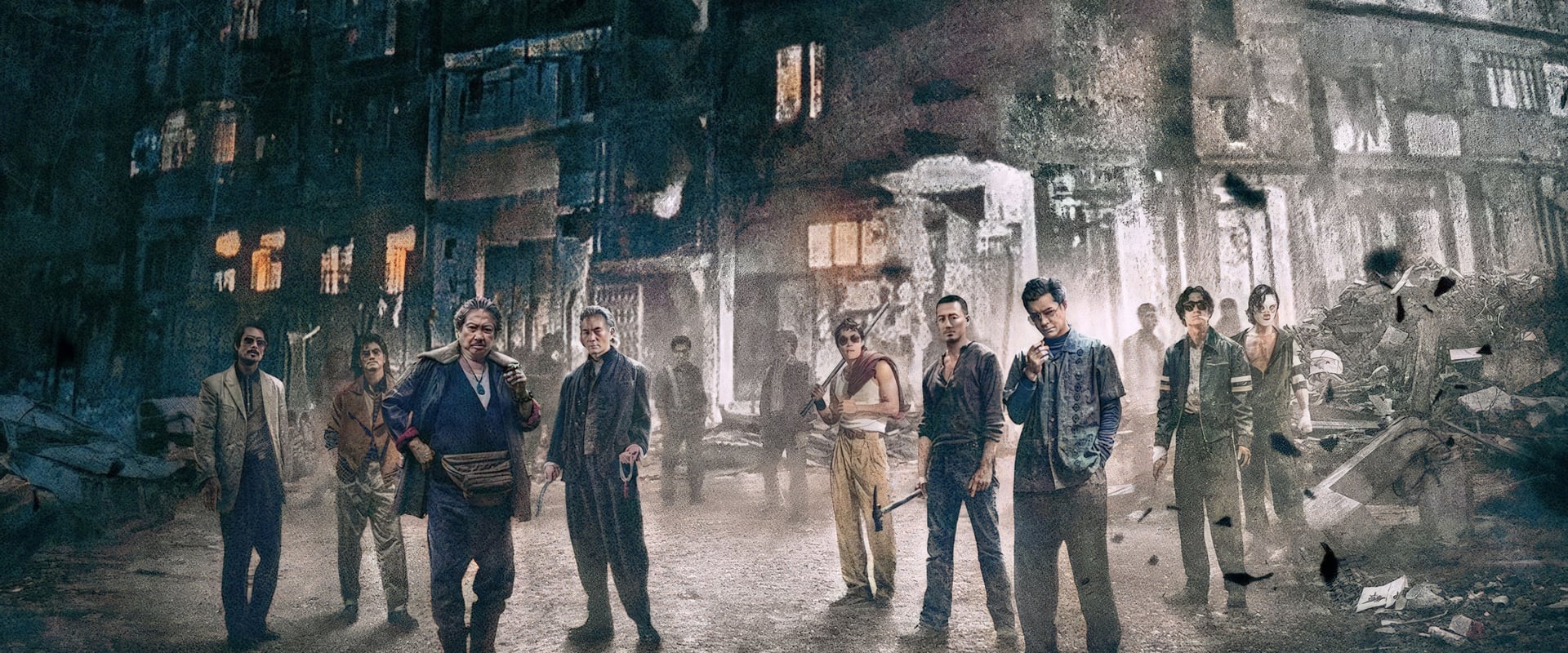Gareth Evans, the kinetic firebrand behind The Raid, lets the bullets spray and bones crackle once again in Havoc, his latest Netflix spectacle. There is, at times, something almost musical to his violence—an arrhythmic percussion of bodies against concrete—that has been his signature since he left rural Wales for the Indonesian underworld. Havoc is, if nothing else, a thundering proof that Evans hasn’t lost his taste for bloody spectacle, even if his hand trembles when it comes time to string all the terrific chaos together.
Tom Hardy glowers his way through the muck as Patrick Walker, an ex-narc now yoked to a homicide detail by way of a conscience left dangling from a failed raid. Hardy’s method these days consists of swallowing his own dialogue and wearing regret like a noose; he’s never less than magnetic, and sometimes—when he fixes that thousand-yard stare on his enemies, or flickers with a wounded sense of duty—he almost justifies a film that keeps confusing bruised flesh for bruised souls. The real estate kingpin-become-mayoral hopeful, played by Forest Whitaker, is the kind of corrupt heavyweight who weighs down more than just scenes: you feel Evans reaching for Shakespearean gravitas, if only the script weren’t so determined to sand away the particulars into pulp.
What does it say about the world of Havoc that the Triad—led by Yeo Yann Yann’s Tsui—has been rendered so cartoonish, so brash and loud, that every exchange seems choreographed for slapstick rather than intimidation? In a movie built on the promise of gnawing through the criminal underbelly, Evans instead gives us a clown car of villains, each one firing off threats while stumbling about as though lost on the set of a parody. The real adversaries, it turns out, aren’t the armed goons; they’re the film’s uneasy compromises with its own sense of reality.
There’s a nervous energy at play whenever Evans orchestrates one of his signature set-pieces—fights erupt spontaneously; the camera ducks and sways like a drunken brawler; even quiet rooms hum with the potential for carnage. Yet, the choreography is sometimes undermined by cheapened digital mayhem: the car chases have all the tactile excitement of PlayStation cinematics, a far cry from the hard, unflinching craft of The Raid. Cinematographer Matt Flannery tries to salvage some gravitas, capturing nocturnal alleyways steeped in rain and neon, but the effect is often a surface polish laid over thin plywood.
The supporting cast does what it can with their assignments. Jessie Mei Li’s rookie, Ellie, is handed the perennial role of audience surrogate, forever reacting, rarely acting. Timothy Olyphant is quietly menacing as the venal Vincent, leading a narcotics team more murky than monstrous—their corruption is suggested, never excavated. Forest Whitaker, meanwhile, glides through as a pillar of moral rot, another politician whose every word molds malfeasance into marble. There’s an echo of genre tradition here, but the echoes are faint, overpowered by the din.
Morally, Havoc gesticulates toward complex territory—corrupt cops, the lonely price of redemption, and the ways the law is bent into a cudgel by the powerful—but Evans, ever forced to move, never finds time to linger. The film gestures at a critique of police collusion with criminality, but these gestures are all surface, never contorting themselves into genuine outrage or insight. What’s left is more noise than consequence, more spectacle than substance.
And yet—spectacle matters, at least in the cluttered landscape of streaming chaff. Evans is too talented an architect of mayhem to make an action movie that doesn’t, at least in parts, thrill and amuse. The film’s best sequences prove he can still wrench excitement from the oldest of clichés, even when his script is dead-set on delivering dialogue as flavorless as week-old bread. The action, frantically edited but satisfyingly brutal, pulls the viewer along on a primal level, reminding us why action cinema exists in the first place: to make the heart race, the jaw clench, the body tense for impact.
If Havoc is less than the sum of Evans’ previous works, it’s because he keeps trading emotional force for velocity—a ballet of fists and bullets straining to be more than a froth of genre reference points. For all its righteous violence and gravelly masculinity, Havoc can’t quite decide if it’s a cautionary tale or a demolition derby.
But after the bruises fade and the gunfire dies down, what remains—a few bruised archetypes, dripping neon, an aftertaste of opportunity squandered. Evans delivers the carnage; Hardy, the gravitas. The rest is a blur of missed connections and video-game logic. This is action cinema as restless thumb, forever thumbing for something deeper, not quite able to land it.
In the end, Havoc is an enjoyable, bruising ride that skids breathlessly through the wreckage of its own ambitions. “Very good” for a night’s diversion—yet one leaves wishing Evans would trust the real darkness just beyond the next wild brawl.


